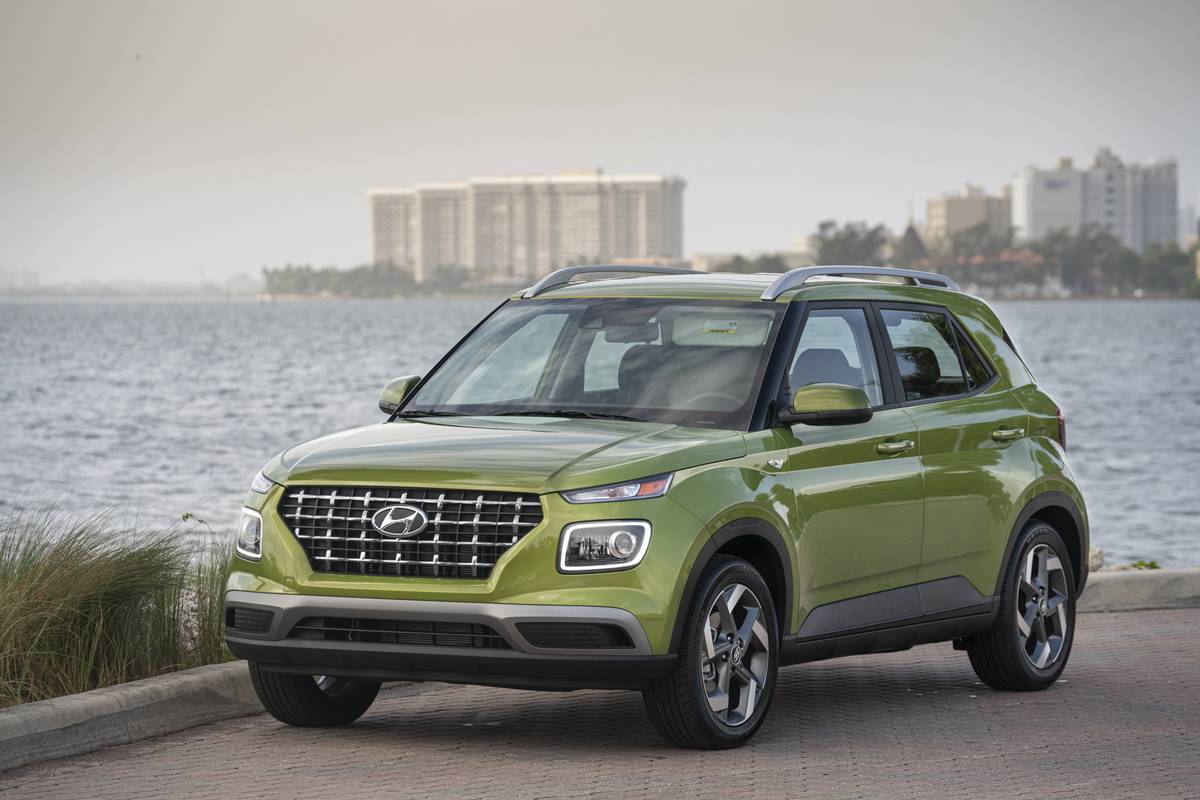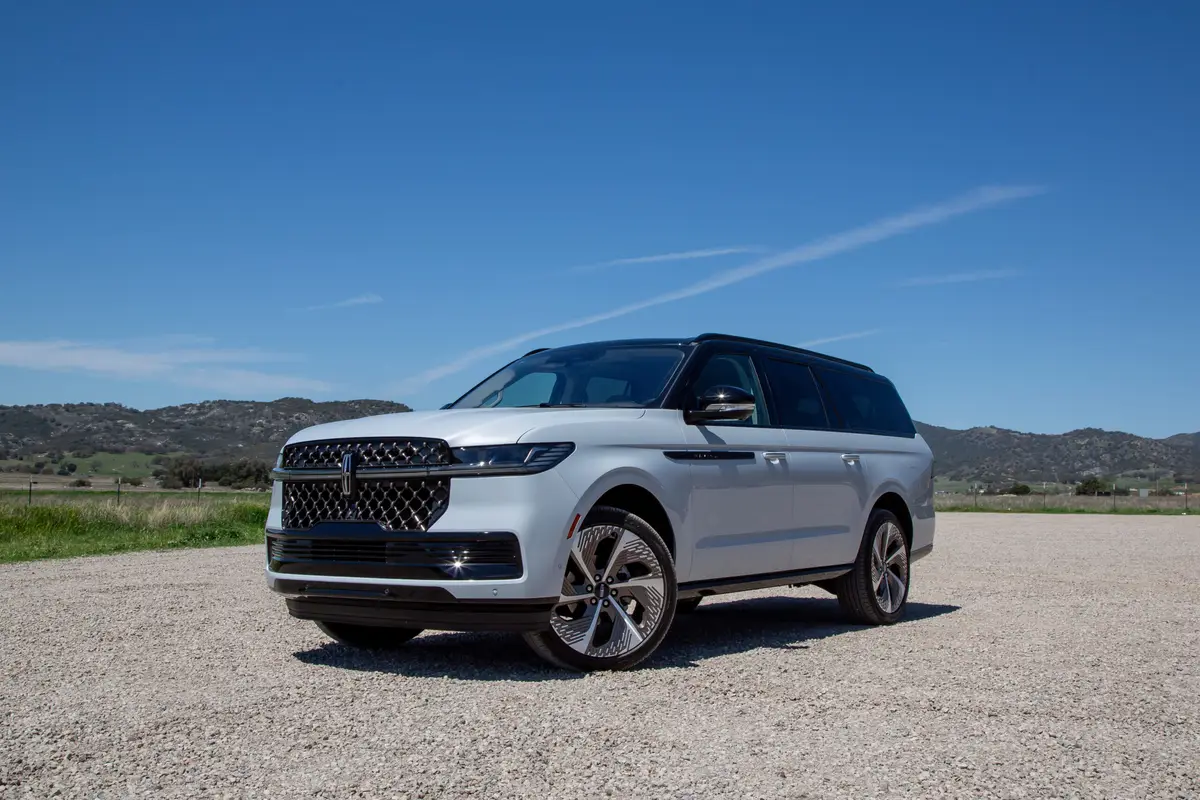What Do the New Tariffs Mean for Car Buyers?


Editor’s note: This story was updated March 27, 2025, to include additional tariff updates.
A week before the planned institution of tariffs on Mexican and Canadian imported vehicles, the Trump administration announced a 25% tariff on all imported vehicles would be enacted April 2 and take effect April 3, regardless of where they’re from. The tariffs cover not only finished assembled vehicles, but also parts, meaning even vehicles made in the U.S. will be impacted by more expensive components — though there is still some clarification needed on whether parts that are compliant with the U.S.-Mexico-Canada Agreement will be exempted. If so, this further complicates the actual tariff situation and cost increases that will result from the new policy, but the end result for American consumers is increasingly clear: Everything is about to get more expensive.
Related: Tariffs on Mexican, Canadian and Chinese Goods Could Affect These Cars the Most
We’ve published a list of which vehicles may be more impacted than others with the possible enactment of these tariffs, as well as what the tariffs actually are and how they work. But much of the impact remains speculation, and until we start to see concrete actions taken by automakers, we can’t say for certain which vehicles will become more expensive, see an early or unexpected cessation of production, or have delayed release dates. What we do know, however, is how the tariffs (if they ever actually come) are likely to impact your experience in buying a new or used car in the coming months, and what you should (and shouldn’t) do right now.
Are Automakers Going to Raise Prices?
Cars.com canvassed all of the major automakers that produce vehicles here in the U.S. to see which of their vehicles might see price increases and how much those increases might be. Their universal response was, “We don’t know yet.” However, one lobbying organization that represents many automakers suggests that if tariffs are enacted, prices on certain vehicles could rise as much as 25% — and they could do so quickly.
Automakers are keeping such plans very close to the chest (if they even have plans figured out yet) and aren’t offering up any guidance as to what pricing changes might look like — only that there will be changes as they respond to the rapidly shifting economic conditions. Whether prices change will also likely depend on how long the tariffs last (or if they’re enacted at all). If it’s less than a few weeks, the chance of prices changing is much less than if the tariffs are kept in place for a longer period. The Trump administration stated that the tariffs are “permanent,” but the past record of enacting these tariffs suggests this may not be the case.
What Should I Know About Tariffs Changing Car Prices?
1. New Cars and Trucks Would Get More Expensive
If the new vehicle you’re interested in is built anywhere outside the U.S. (and roughly 50% of vehicles sold in the U.S. are), it would have a 25% tax slapped on it that the automaker is going to have to pay when they bring it across the border. That cost is almost certainly not going to be eaten by the automaker, which would take a massive hit to its profitability, and it’s not paid by the country in which it’s built (that’s simply not how tariffs work). Instead, it would be passed on to the consumer.
Whether the automaker would decide to raise the price of a specific vehicle or increase the prices of all of its vehicles by a lesser amount (by spreading the net cost increases over a larger volume to make it seem more palatable) remains to be seen, but we’d bet the latter plan is the one that happens in the next few months, if anything happens at all. Keep an eye on destination fees for new cars as this is the easiest place for automakers to quickly adjust pricing on new cars. Unfortunately, this means that all new cars, regardless of where they’re built, are likely to get more expensive.
2. Used Cars Would Also Get More Expensive
Maybe you should consider a used car instead? Used cars are also almost certain to see prices rise due to increased demand from people finding new cars too expensive, as well as less supply due to the COVID pandemic’s lean production and sales years. The used-car market relies on a healthy supply of lightly used vehicles coming off leases from the prior three or four years, which were the peak pandemic years where sales and production were in the dumps. Low supply and high demand means prices go up. Still, used cars are generally less expensive than comparable new cars.
3. Supply of New Vehicles Could Quickly Be Affected
Production of new cars and trucks may be impacted by the tariffs as the supply chain of parts and equipment used for making vehicles could be disrupted. For nearly all automotive parts suppliers, eating a 25% cost jump in components is impossible, meaning they will need to appeal to automakers for higher prices for their parts — and if those aren’t forthcoming quickly, the production lines for parts could shut down. This means that the car or truck you might be considering could have a short supply on dealer lots, or the one you’ve already ordered might be indefinitely delayed.
What Should You Do Now?
As prices look set to rise, economic indicators suggest inflation may be returning and interest rate outlooks remain uncertain. What should you do if you’re looking at buying a car?
1. Buy Sooner Rather Than Later
Don’t wait. Now is the time to buy that car you’re looking at if you can afford it and can find a decent interest rate if you plan to finance. Given that the tariffs will impact cars, trucks and everyday items, locking in a price and interest rate now instead of later may help affordability in the longer run.
2. Look at Used Cars as Well as New
Used-car prices are likely to rise as well, and while that may be a good thing if you’re trading in a vehicle (it will be worth more against your bottom line), that higher trade-in will be offset by higher prices for new and used vehicles.
3. Consider the Total Cost of Ownership, Not Just Purchase Price
A more fuel-efficient vehicle versus one that’s thirstier will lower your costs to operate it, and buying a car that’s more reliable will lower your long-term maintenance costs, as well. Looking at resale value could be important, too, as it can help you recoup more of your investment down the road when you’re ready to trade it in for something else. Considering more than just a vehicle’s purchase price is important for the overall outlay of cash.
4. Don’t Accept ‘Tariff Fees’ on Vehicles Already Sitting on Dealer Lots
The tariffs do not take effect until April 3, so if you’re seeing an additional tariff fee of some kind tacked onto the window sticker, feel free to challenge the dealer on that. No automaker has officially changed pricing yet, and any dealer that’s trying to charge you more and claiming it’s due to tariffs is pulling some shenanigans.
We’ll continue to update and follow these developments, including tracking price changes, as they happen.
More From Cars.com:
- High Interest Rates, Fewer Used Cars Make Affordability the Toughest Challenge of 2025
- Which Tariffs Could Affect Your Next Car?
- Which Cars Are Made Outside the U.S.?
- How New Chinese Tariffs Could Affect Your Next Car
- 2024 Cars.com American-Made Index: Which Cars Are the Most American?
Cars.com’s Editorial department is your source for automotive news and reviews. In line with Cars.com’s long-standing ethics policy, editors and reviewers don’t accept gifts or free trips from automakers. The Editorial department is independent of Cars.com’s advertising, sales and sponsored content departments.

Detroit Bureau Chief Aaron Bragman has had over 25 years of experience in the auto industry as a journalist, analyst, purchasing agent and program manager. Bragman grew up around his father’s classic Triumph sports cars (which were all sold and gone when he turned 16, much to his frustration) and comes from a Detroit family where cars put food on tables as much as smiles on faces. Today, he’s a member of the Automotive Press Association and the Midwest Automotive Media Association. His pronouns are he/him, but his adjectives are fat/sassy.
Featured stories



2025 Lincoln Navigator Review: Elephantine Elegance

